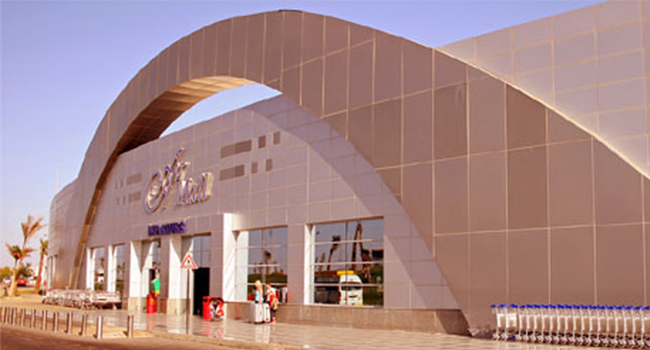
A Look at Sharm el Sheik Airport Security after Plane Crash
- By Sydny Shepard
- Nov 03, 2015
In late October, a Russian plane crashed only 20 minutes after it departed from Sharm el Sheik International Airport in Egypt killing 224 passengers. While the cause of the deadliest aviation disaster in Russia’s history remains unknown, many are wondering if the crash was the result of an explosion on board.
Reports supporting the theory surfaced after Russia’s Tass news agency reported that debris not belonging to the plane was found at the crash site and a senior defense official said that an American infrared satellite detected a heat flash over the area where the place crashed.
If a bomb was smuggled onto the plane, or if the plane was tampered with somehow, it would have happened while the plane was parked at Sharm el Sheik airport. Egyptian authorities are upping airport security and investigating the possibility of a breach.
Analysts conclude there is a possibility of infiltration of the airport through a compromised security guard or a disgruntled employee. They also believe the chances of smuggling a bomb on board are likely, especially given the fact that the airport was breached in May.
Since May, the airport has implemented a canine team to detect explosives and has even added several extra security check points. These additions make the airport about as solid as most other airports in North Africa and the Middle East.
Investigation is ongoing and according to U.S Director of National Intelligence James Clapper, there was not yet any “direct evidence of terrorist involvement” in the crash.
About the Author
Sydny Shepard is the Executive Editor of Campus Security & Life Safety.